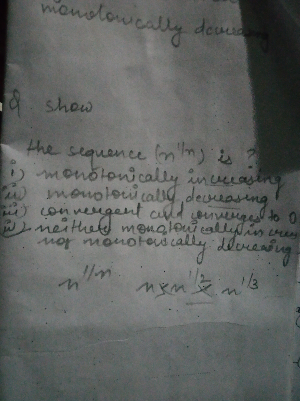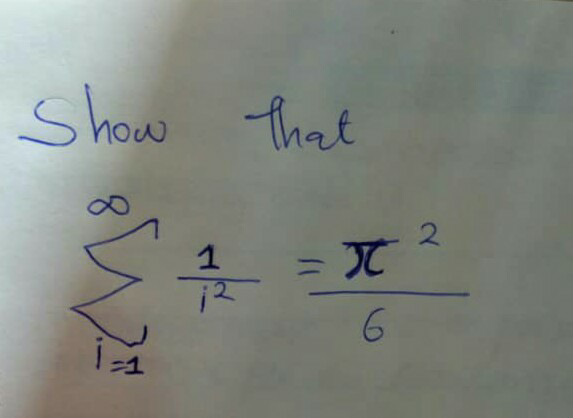
AlgebraQuestion and Answers: Page 307
Question Number 63175 Answers: 0 Comments: 2
Question Number 63162 Answers: 1 Comments: 3
Question Number 63095 Answers: 1 Comments: 0

Question Number 63090 Answers: 0 Comments: 0
Question Number 63076 Answers: 0 Comments: 0
Question Number 63021 Answers: 2 Comments: 3
Question Number 62998 Answers: 0 Comments: 12
$${Solve}\:{for}\:{x}:\:\:\mathrm{5}^{\boldsymbol{{x}}} +\mathrm{6}\boldsymbol{{x}}=\mathrm{7} \\ $$
Question Number 62945 Answers: 1 Comments: 0
Question Number 62942 Answers: 1 Comments: 10
Question Number 62895 Answers: 1 Comments: 2

Question Number 62844 Answers: 1 Comments: 0
Question Number 62798 Answers: 0 Comments: 0
Question Number 62676 Answers: 1 Comments: 1

Question Number 62672 Answers: 1 Comments: 9

Question Number 62669 Answers: 2 Comments: 0
Question Number 62623 Answers: 0 Comments: 0

Question Number 62577 Answers: 1 Comments: 1

Question Number 62494 Answers: 0 Comments: 0

Question Number 62489 Answers: 3 Comments: 0
Question Number 62468 Answers: 1 Comments: 1

Question Number 62452 Answers: 1 Comments: 0
Question Number 62449 Answers: 2 Comments: 1
Question Number 62439 Answers: 0 Comments: 1
Question Number 62428 Answers: 0 Comments: 6

Question Number 62424 Answers: 1 Comments: 2

Question Number 62396 Answers: 0 Comments: 0

Pg 302 Pg 303 Pg 304 Pg 305 Pg 306 Pg 307 Pg 308 Pg 309 Pg 310 Pg 311
